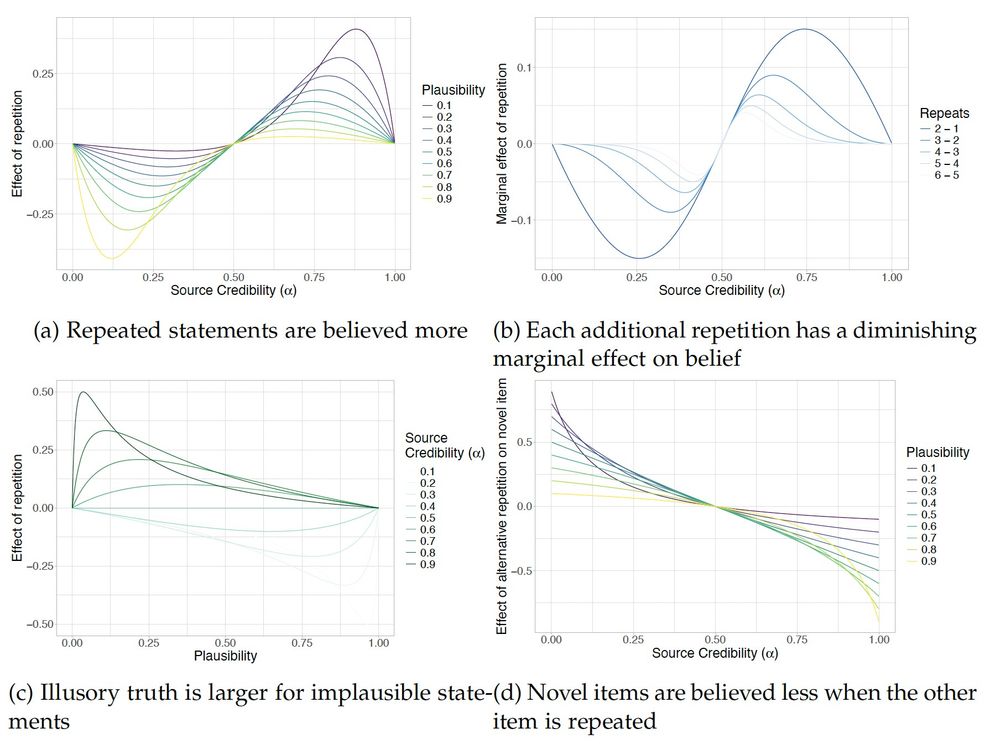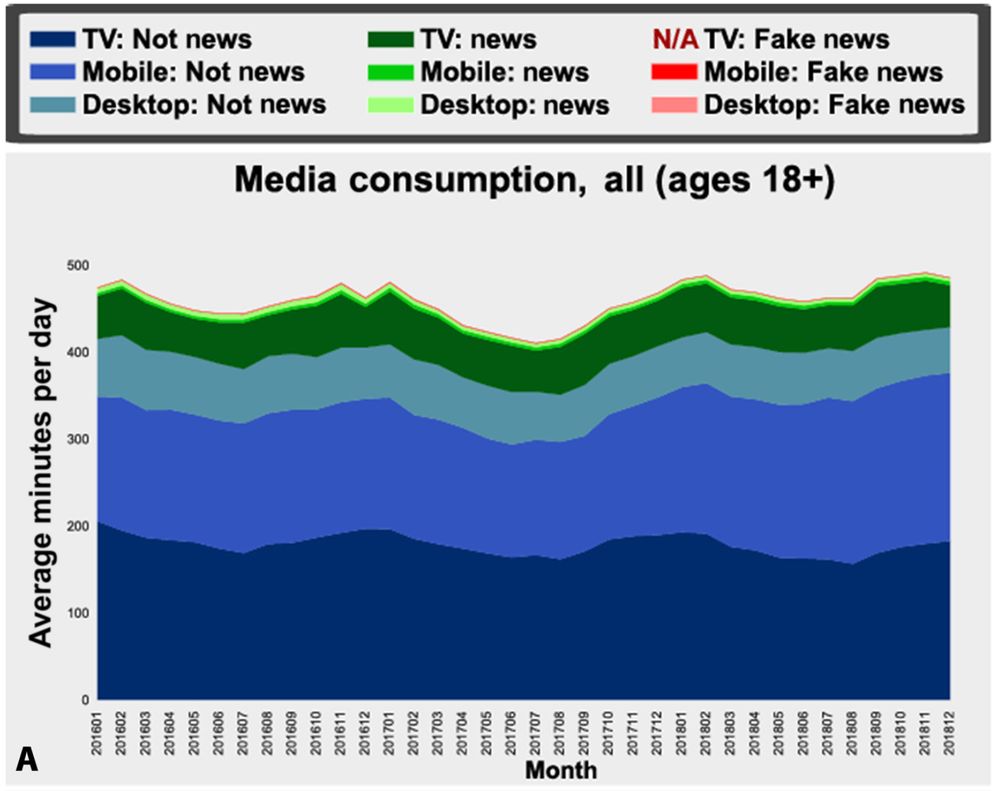
I use computational and experimental methods to understand beliefs, particularly as they relate to issues like misinformation and climate change.

I really like the clickbait paper - will definitely engage with it in our paper! The 2nd was 1 of the papers that got me to start thinking about Bayesian explanations. I’ve really appreciated your work in the area.
I really like the clickbait paper - will definitely engage with it in our paper! The 2nd was 1 of the papers that got me to start thinking about Bayesian explanations. I’ve really appreciated your work in the area.
As always, huge thanks to my awesome coauthors and advisors @DG_Rand & @RaBhui
Link to paper: osf.io/preprints/ps...
14/14
As always, huge thanks to my awesome coauthors and advisors @DG_Rand & @RaBhui
Link to paper: osf.io/preprints/ps...
14/14
Another thread from the old site: x.com/ROrchinik/st... 13/
Another thread from the old site: x.com/ROrchinik/st... 13/


x.com/DG_Rand/stat... 8/
x.com/DG_Rand/stat... 8/
The effect of repetition is about ¼ the size in the low-quality condition. This moderation occurs for true and false items. 6/

The effect of repetition is about ¼ the size in the low-quality condition. This moderation occurs for true and false items. 6/



In a formal model, we investigate what this implies for repeated info. 2/

In a formal model, we investigate what this implies for repeated info. 2/

